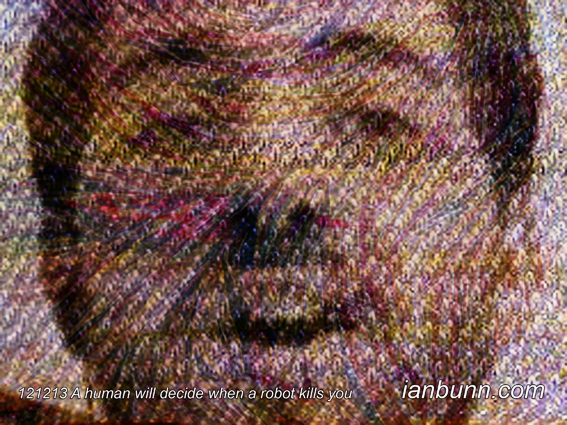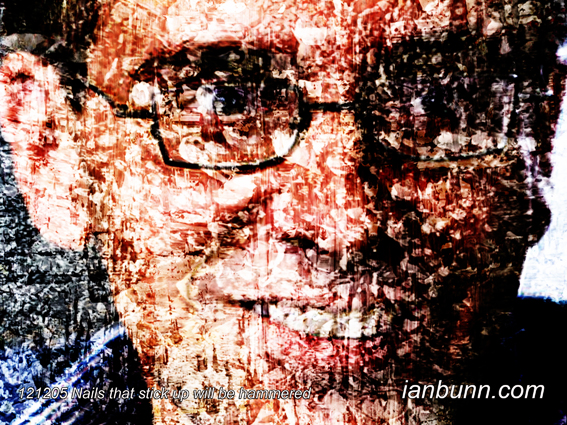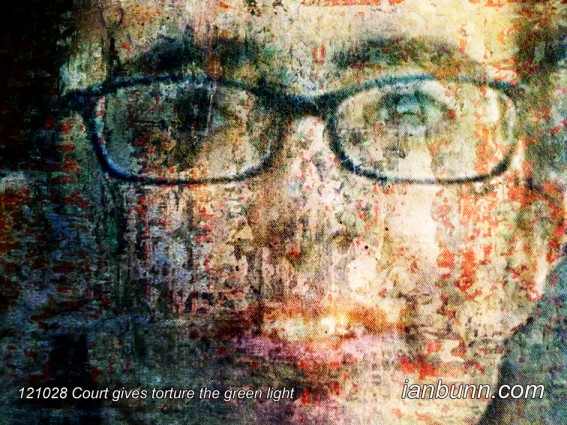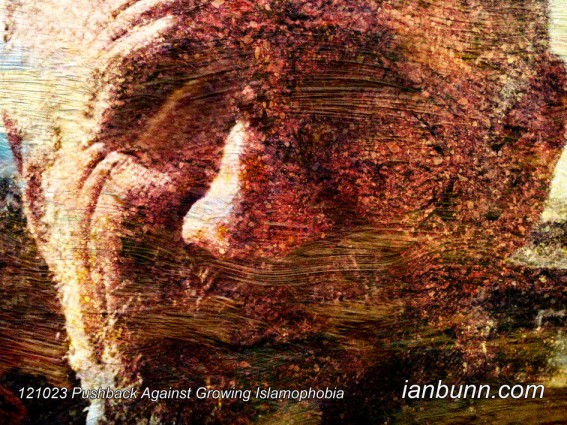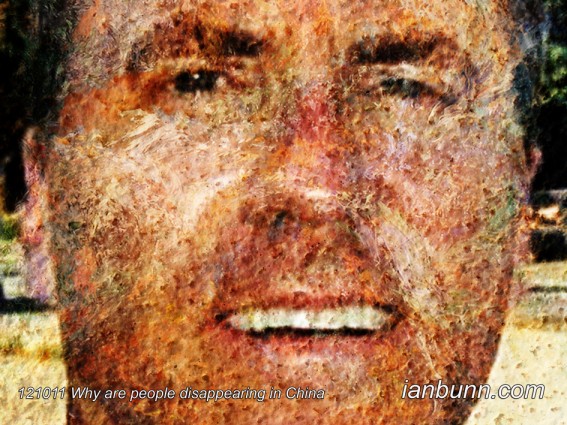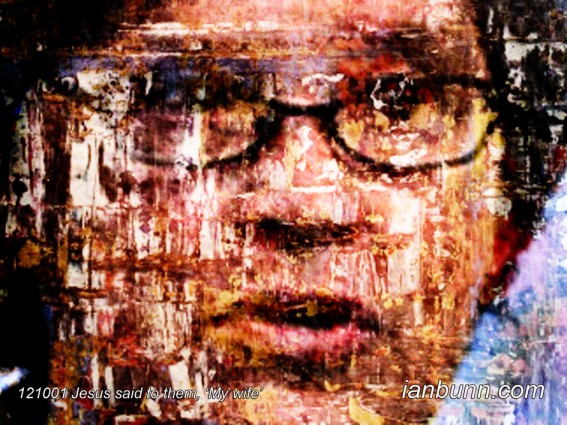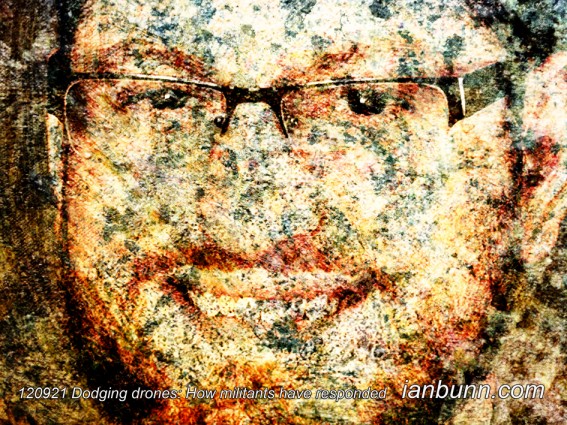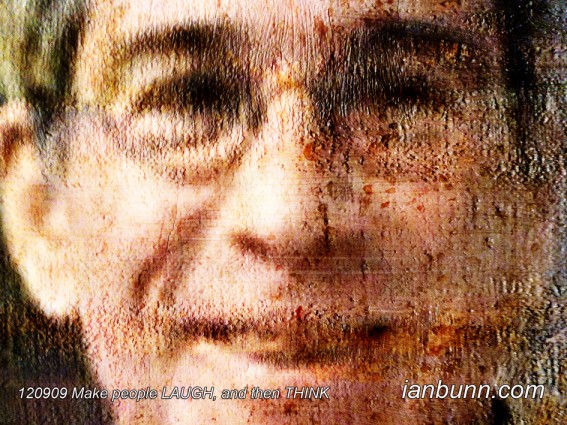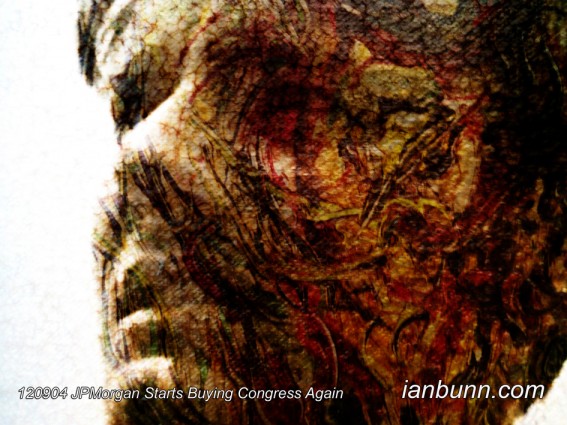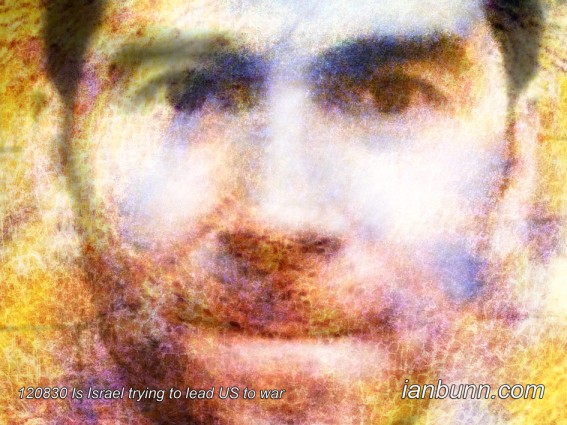 Will Monsanto destroy Mexico’s corn (December 27 2012)
Will Monsanto destroy Mexico’s corn (December 27 2012)
Charlotte Silver the American journalist based in the Palestinian West Bank has published an article on Aljazeera titled ‘Will Monsanto destroy Mexico’s corn?’ discussing the introduction of GE corn to Mexico would sound the death knell for the country’s precious ecology. Silver states “When GE corn was introduced in the mid-90s, Mexico was inhospitable to the new-fangled crop. The country’s National Biosecurity Commission established a (non-legally binding) moratorium on genetically engineered corn in 1998 as a means to safeguard what is considered to be the planet’s cradle of maize cultivation. Corn has been carefully tended in Mexico for eight millennia and environmental conservationists report that thousands of peasant varieties are still grown throughout the country. With an estimated 75 per cent of the planet’s biodiversity vanished as of 1995, Mexico’s heterogeneous corn fields are a rare vestige of the age prior to the “Green Revolution” era that is responsible for the artificially and unhealthily homogenous industrial agriculture that is prevalent now. Introducing GE corn to Mexico would sound the death knell for this precious ecology as it is widely agreed that GE crops cannot co-exist with conventionally bred seeds. Despite institutional protections against GE corn, neoliberal policies have already enabled certain strains of GE corn to intermingle with Mexican maize… Thousands of tonnes of corn that began inundating Mexico from, primarily, the US (mostly for non-human consumption) after the signing of NAFTA in 1994 ensured that the promiscuous plant’s pollen blew onto the pristine fields of small farms. As of today, it is estimated that at least one per cent of Mexico’s corn has traces of GE. But perhaps of more immediate threat to the magnificent biodiversity of Mexico’s maize is the country’s politicians’ willingness to succumb to the pressure of big biotech companies. …As long as politicians do not stand up for the health of their citizens or their land, biotech companies will reap profits in the grim wake of human and ecological destruction.“
Inspired by Aljazeera ow.ly/gdJyl image source Twitter ow.ly/gdJT9


